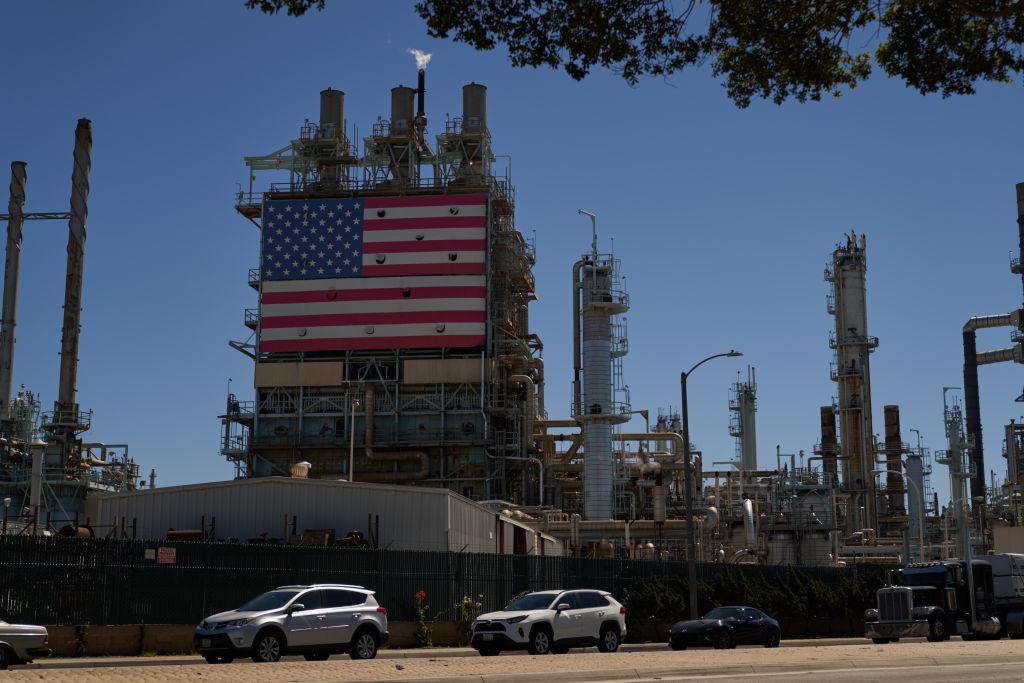Rising U.S. consumer demand, combined with a rise in the price of crude oil, has led to an increase in gas prices at the pump.
The national average price for a regular gallon of gas was at $3.46 on Jan. 24, according to data from the American Automobile Association (AAA).





